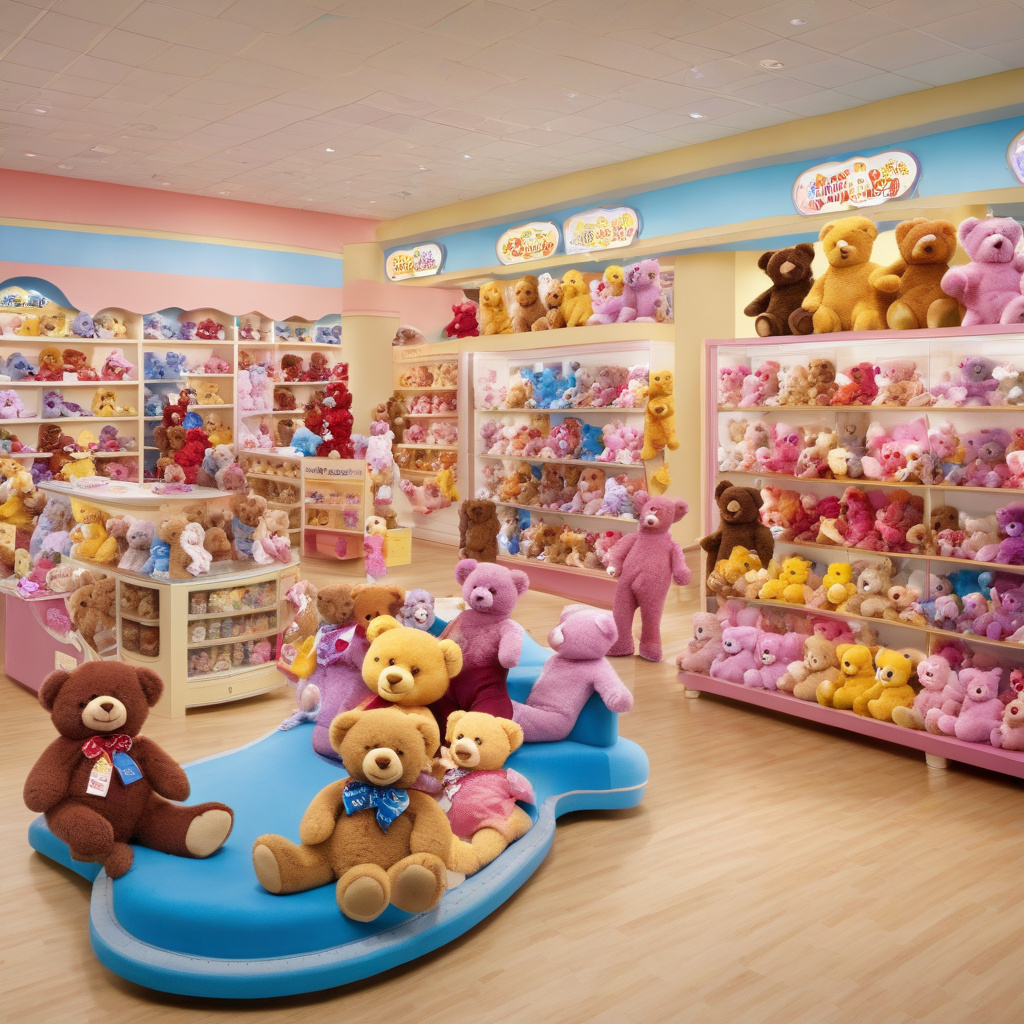Build-A-Bear Workshop Pulls Forward Inventory to Deflect Tariff Impact
In today’s unpredictable trade environment, businesses must adapt rapidly to shifting circumstances. Build-A-Bear Workshop, the popular stuffed animal retailer, has recently taken significant steps to safeguard its operations against the adverse impacts of tariffs. By pulling forward inventory, the company aims to enhance its flexibility and ensure a smoother operational flow amidst fluctuating trade conditions.
The retail landscape has become increasingly complex, especially for companies that rely on imported goods. Tariffs, which are essentially taxes imposed on imported products, can significantly inflate the costs of merchandise and disrupt pricing strategies. For Build-A-Bear Workshop, which sources a considerable portion of its inventory internationally, this has prompted a proactive response to mitigate potential financial repercussions.
By bringing in inventory earlier than usual, Build-A-Bear can effectively manage its supply chain and reduce the risk of facing sudden price hikes due to tariffs. This strategic move not only lowers the potential impact of increased costs but also allows the retailer to maintain its competitive edge in the market. The stuffed animal industry is particularly sensitive to price changes, as consumers often have a plethora of choices. Therefore, ensuring that prices remain stable is crucial for maintaining customer loyalty.
For example, during the trade tensions between the United States and China, many retailers faced daunting challenges due to escalating tariffs on imported goods. Build-A-Bear’s decision to adjust its inventory strategy is reminiscent of tactics employed by other retailers who have navigated similar hurdles. Companies like Walmart and Target have also adjusted their supply chain logistics to combat tariff impacts, demonstrating that proactive planning is essential in the retail sector.
Moreover, pulling forward inventory enables Build-A-Bear Workshop to respond more effectively to consumer demand. In an era where customer preferences can shift rapidly, having a well-stocked inventory is vital. By anticipating demand and making inventory adjustments ahead of time, Build-A-Bear can ensure that it meets customer expectations without delay. This agility not only enhances customer satisfaction but also translates into improved sales performance.
In addition to managing tariffs, Build-A-Bear Workshop’s inventory strategy can also be viewed through the lens of seasonal trends. The holiday season, for example, is a peak time for toy sales, and being well-prepared can make a significant difference in revenue. By aligning inventory levels with anticipated demand during critical periods, the company can capitalize on lucrative sales opportunities while minimizing the risk of stockouts or excess inventory.
The flexibility gained from this approach can also extend to marketing and promotions. With a well-stocked inventory on hand, Build-A-Bear can launch promotional campaigns more confidently, knowing that it can fulfill orders promptly. This creates a win-win situation for both the retailer and its customers, as shoppers are more likely to take advantage of special offers when they know the products will be readily available.
Furthermore, it is important to recognize the broader implications of Build-A-Bear’s strategy. As tariffs continue to present challenges for retailers across various sectors, the company’s proactive approach could serve as a blueprint for others facing similar dilemmas. By adjusting inventory practices, businesses can mitigate risks and enhance their operational resilience in uncertain trade landscapes.
Investors and stakeholders should also take note of Build-A-Bear Workshop’s adaptive strategies. Companies that demonstrate agility and foresight in their operations are often viewed favorably in the marketplace. As financial analysts look for indicators of a company’s health, the ability to pivot in response to external pressures can be a strong signal of management effectiveness and long-term viability.
In conclusion, Build-A-Bear Workshop’s decision to pull forward inventory is a strategic maneuver that reflects a deeper understanding of the complexities within the retail environment. By mitigating the impact of tariffs and enhancing flexibility, the company positions itself to navigate challenges more effectively, ensuring sustained customer satisfaction and business growth. As other retailers observe and learn from this approach, it may very well shape the future of inventory management in the industry.
#BuildABear #RetailStrategies #TariffImpact #SupplyChainManagement #BusinessGrowth
